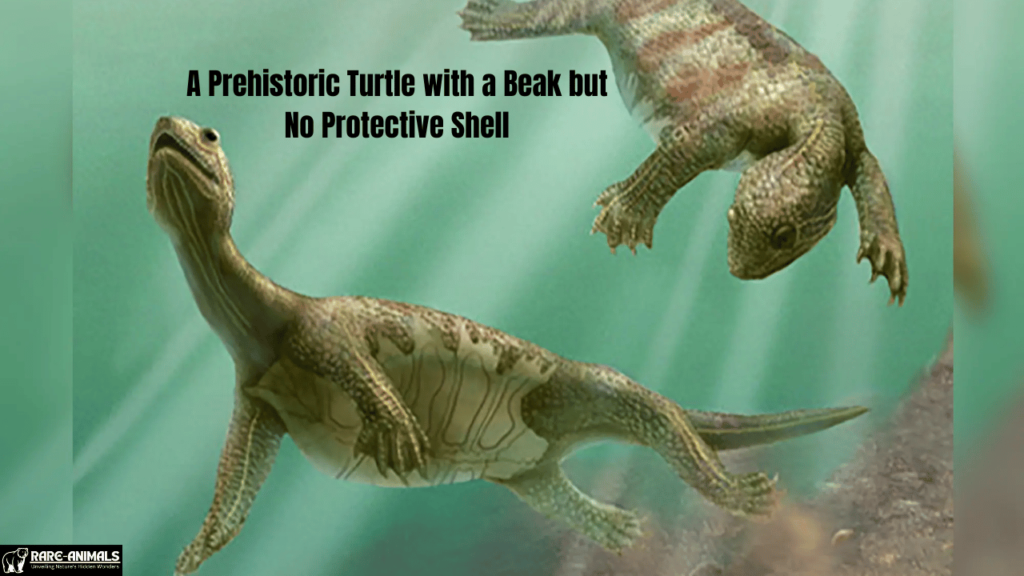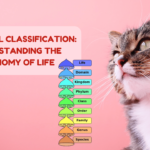Imagine a prehistoric world where a turtle-like creature roamed, equipped with a sharp beak but lacking the iconic protective shell we associate with modern turtles. This fascinating ancient reptile challenges our understanding of turtle evolution and adaptation.
Scientists have uncovered fossil evidence of such a species, shedding light on the evolutionary pathways of chelonians and their diverse adaptations in prehistoric ecosystems.
The Discovery of the Shell-less Prehistoric Turtle
Paleontologists have discovered fossilized remains of a primitive turtle-like reptile that possessed a beak but lacked the hardened carapace seen in modern turtles.
This discovery was made in sedimentary deposits dating back to the Triassic or Jurassic period, suggesting that early turtle ancestors experimented with different body structures before evolving their characteristic shells.
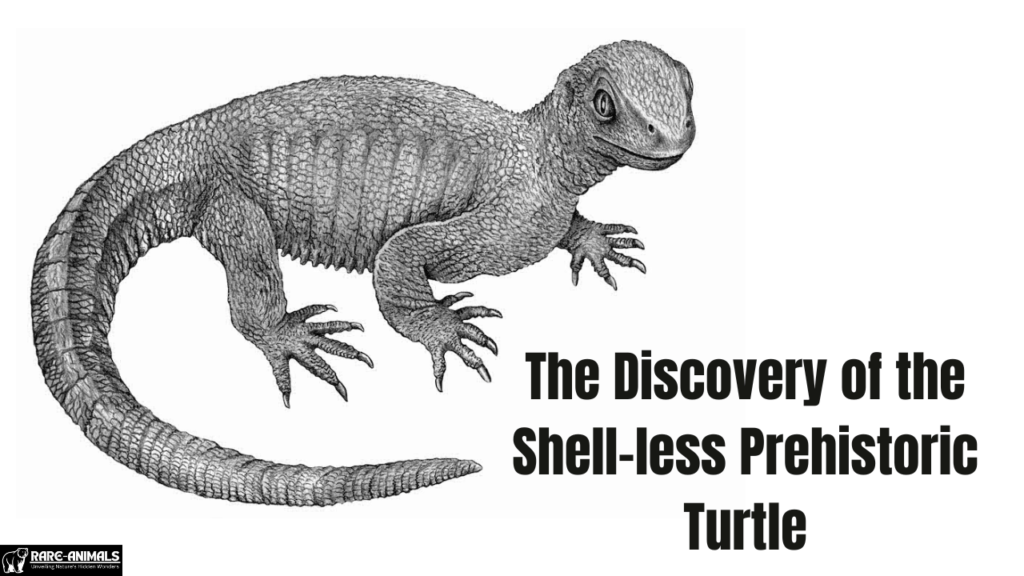
Evolutionary Significance
The absence of a protective shell raises intriguing questions about the survival strategies of these early turtles. Scientists propose that instead of relying on armor for defense, these creatures may have used speed, burrowing, or camouflage to evade predators.
This evolutionary phase bridges the gap between ancestral reptiles and modern turtles, providing insights into the genetic and anatomical changes that led to shell development.
How Did These Prehistoric Turtles Survive Without a Shell?
Adaptations and Survival Strategies
- Beak for Feeding Efficiency: The beak-like mouth structure suggests that these turtles had specialized feeding habits, possibly preying on small invertebrates or foraging for plant material.
- Agility and Speed: Without a heavy shell, these reptiles may have been more mobile, allowing them to escape predators more effectively.
- Burrowing Behavior: Some researchers hypothesize that these turtles might have lived in burrows or dense vegetation, utilizing their environment for protection instead of physical armor.
- Mimicry and Camouflage: Blending into their surroundings could have been a crucial defense mechanism against predation.
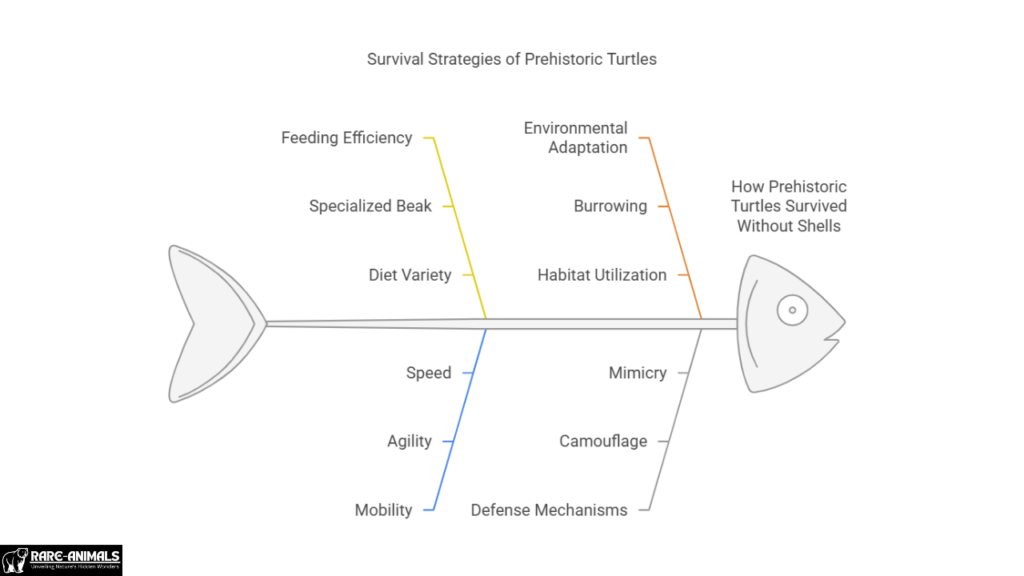
The Evolution of Turtle Shells: From Soft-Bodied Ancestors to Armor-Plated Survivors
Transitional Fossils
The evolution of the turtle shell did not happen overnight. Fossils like Odontochelys semitestacea and Pappochelys rosinae exhibit intermediate traits, such as partial shells or extended ribs, which later developed into the fully-formed carapaces seen in modern turtles.
Genetic and Developmental Changes
Recent genetic studies indicate that the development of a turtle’s shell is linked to modifications in rib structure and dermal bone growth.
These evolutionary changes were driven by environmental pressures and survival advantages offered by protective armor.
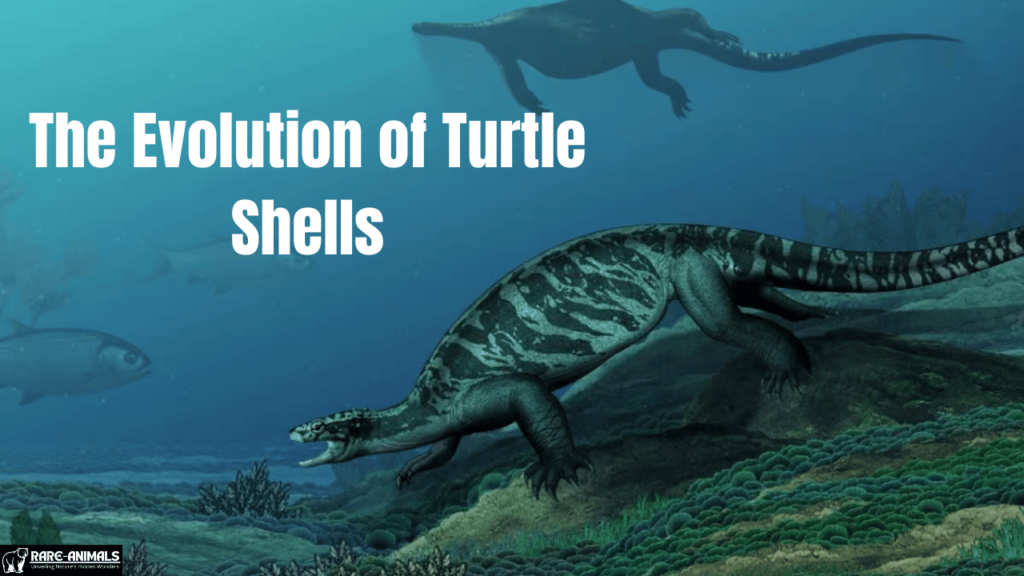
Implications for Modern Turtle Conservation
Lessons from Evolution
Understanding the evolutionary history of turtles provides critical insights into how they adapt to environmental challenges.
Modern turtles face threats such as habitat destruction, climate change, and poaching. Studying their prehistoric ancestors helps conservationists develop strategies to protect existing species.
Biodiversity and Ecosystem Role
Turtles play a crucial role in maintaining ecological balance by controlling insect populations, dispersing seeds, and contributing to aquatic and terrestrial ecosystems.
Protecting them ensures biodiversity and ecosystem stability.
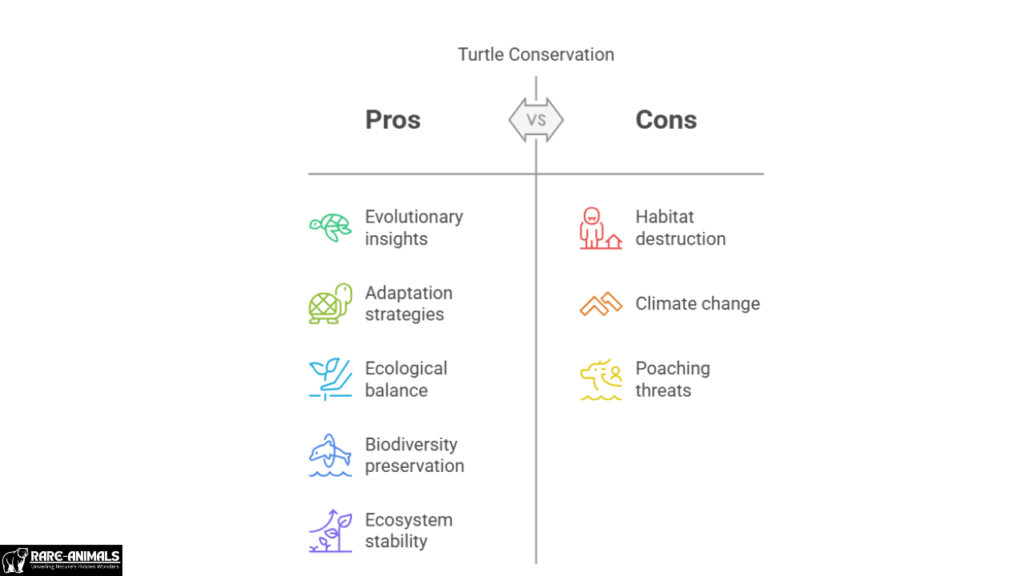
FAQs
1. What was the name of the prehistoric turtle without a shell?
The exact name varies depending on the fossil species, but Pappochelys rosinae is one example of an early turtle ancestor with primitive features.
2. How did these ancient turtles defend themselves without a shell?
They likely relied on speed, burrowing, camouflage, or behavioral adaptations to avoid predation.
3. When did turtles evolve their shells?
The earliest known turtle shells began developing around 220 million years ago, during the Late Triassic period.
4. Why is studying prehistoric turtles important?
It helps scientists understand evolutionary processes, genetic adaptations, and how environmental changes shape species over time.
Conclusion
The discovery of a prehistoric turtle with a beak but no protective shell offers a fascinating glimpse into the evolutionary journey of chelonians.
By examining these ancient species, scientists gain valuable insights into adaptation, survival strategies, and biodiversity conservation.
As modern turtles face increasing threats, understanding their past may help us secure their future.
If you’re passionate about wildlife and conservation, support organizations dedicated to protecting endangered turtle species. Share this article to spread awareness and encourage further research into the remarkable history of these ancient reptiles.

Alveena is an experienced content writer with a knack for crafting engaging and insightful pieces. She thrives on breaking down complex ideas and presenting them as clear, captivating content that resonates with readers.

